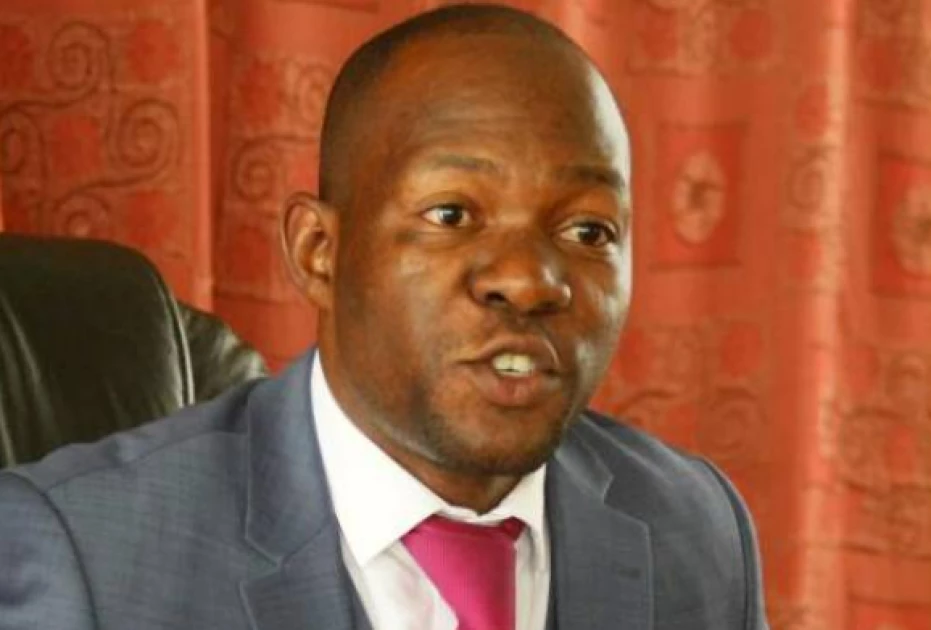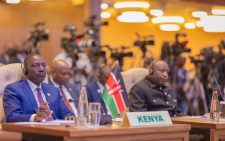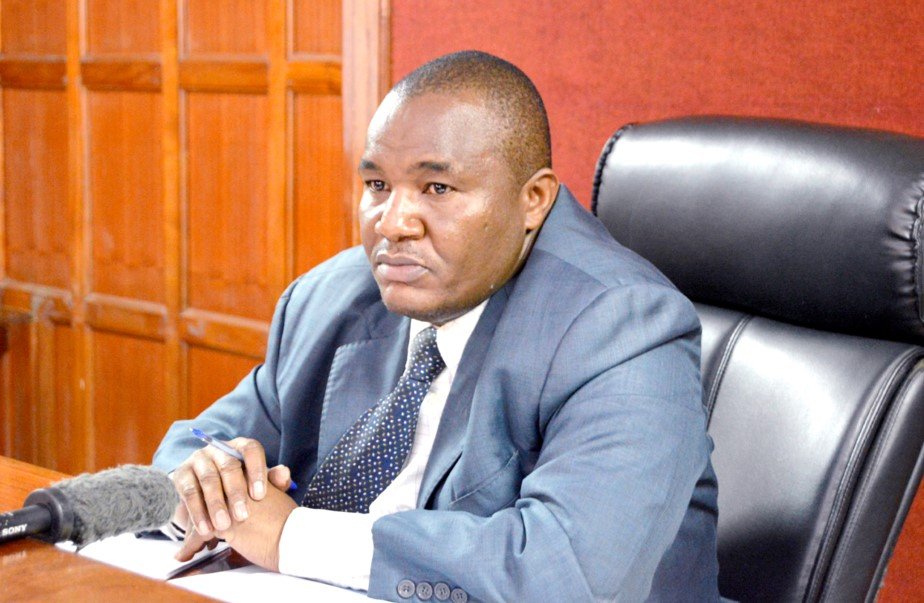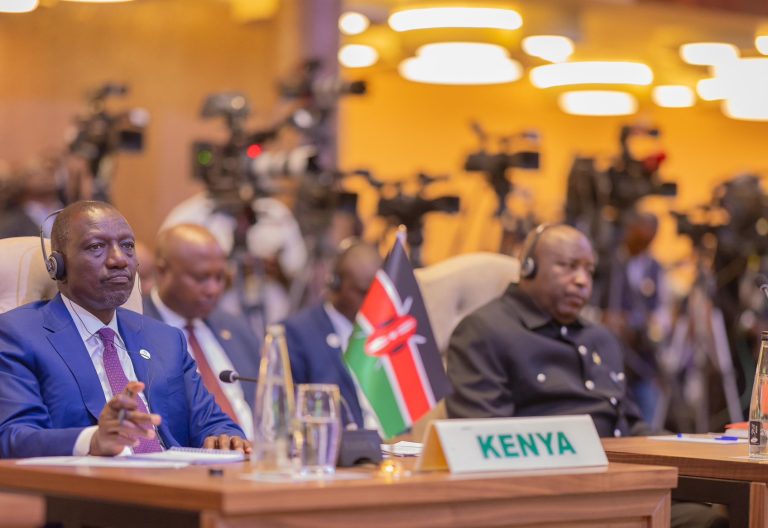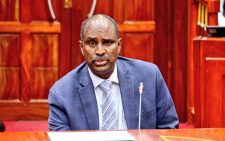New scale shows how teachers will get pay raise
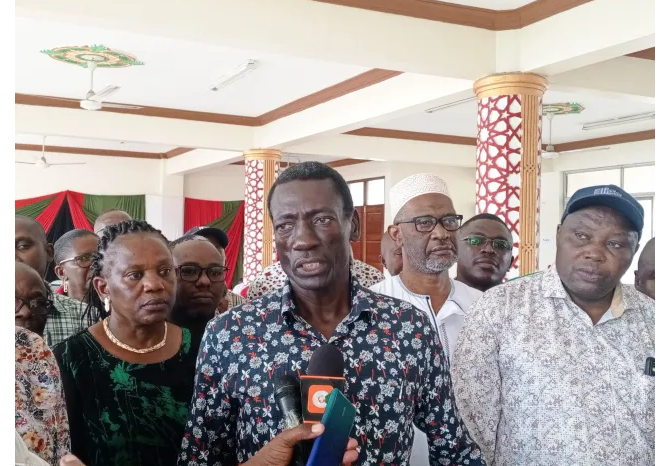
A day after the government workers’ salaries review was made public, disquiet was emerging among teachers owing to the differences in increments between the highest and lowest grades.
Union leaders yesterday said they had expected that those in the lowest job grade, B5 also referred to as P1 teachers, would get a higher pay raise compared to the highest grade, D5 (Chief Principal).
Kenya National Union of Teachers (Knut) Secretary General Collins Oyuu who expressed disappointment over the new salaries, said the union was studying the reviewed package before deciding on the way forward.
“Our stand still remains that the lowest paid should be the greatest beneficiary,” Oyuu told the People Daily when contacted for comment.
His Kenya Union of Post Primary Teachers (Kuppet) Akello Misori was equally non-committal, only promising to issue a comprehensive statement later.
According to the salary increment for teachers after Government’s proposal, the lowest paid teacher in B5 will see a rise from the current Sh21,756 to a minimum of Sh23,279 if 7 per cent is effected and from the current Sh27,195 to a maximum of Sh29,915 if 10 per cent is implemented.
New basic pay
This means a minimum increase of about Sh1,523 if a 7 per cent rise is effected and Sh2,720 for a 10 per cent increase.
On the other hand, the highest grade of D5 could earn at least Sh173,422.
In the D5 rank, the proposal shows that a 7 per cent increment will see teachers in this grade, who earn a basic salary of Sh131,380 rise to a minimum of Sh140,577.
In the event of 10 percent rise, a teacher whose current basic pay is Sh157,657 will get a maximum of Sh173,422.
This translates to about Sh9,197 rise for a minimum new basic pay at 7 per cent and up to Sh15,766 for maximum new basic pay scale at 10 per cent.
“Under the Salaries and Remuneration Commission (SRC) scheme, the highest paid teacher was the greatest beneficiary but what we wanted was that the lowest paid gets the highest benefits,” said one of the teachers’ union officials who did not wish to be named.
Teachers who fall in the B5 category are majorly P1 teachers and are the lowest earners while those in C1 are majorly diploma teachers, who automatically get promoted to the next grade after three years.
Among those in grade C2 are entry level graduates and are also promoted to C3 after three years of practice in that job group.
From C3, the teachers are subjected to interviews to move to the next grade.
C4 comprises senior teachers and primary deputy head teachers, C5 has heads of department while D1 covers secondary deputy principals and recently appointed principals.
Equity and fairness
Teachers in the D2 and D3 job group include principals and deputies while D4 and D5 have principals and Chief principals depending on the category of schools.
Similarly, teachers in Grades D1 to D5 are in the administrative grades. A D2 teacher can head a Sub County school, while D3 and D4 heads County and Extra County schools respectively.
On Wednesday, SRC chairperson Lyn Mengich said the review is about harmonisation to achieve equity and fairness in remuneration and benefits in the public service within the principle of affordability and fiscal sustainability.
“Pursuant to the constitutional principle of affordability and fiscal sustainability, SRC engaged the National Treasury on funding. The National Treasury advised SRC to consider reviewing remuneration structure within a budget allocation of Sh27.7 billion for the year 2023/24,” she said.
Out of the Sh21.7 billion, the teaching service will receive 44.2 per cent or Sh9.5 billion under the new proposal.
This is a reprieve for tutors, given that the teachers’ union signed a non-monetary 2021-2025 Collective Bargaining Agreement (CBA) but promised members that a review on the basic pay would be undertaken after TSC is given a go ahead by SRC.
But with the recent inflation rates, the unions have been making persistent calls for TSC to review their salaries
For D4, on the current basic pay of Sh118,242 would rise to a minimum of Sh126,519 if 7 per cent is effected and a 10 per cent rise will see it rise from Sh141,891 and to a maximum Sh156,080.
Grade D3 would rise from a basic of Sh104,644 to a minimum of Sh111,969 and 10 per cent moves it from Sh125,573 to a maximum of Sh138,130.
Disruptive policies
Teachers on grade D2 currently earning Sh91,041 would earn a minimum of Sh97,414 while a 10 per cent will see them move from the current Sh109,249 to a maximum of Sh120,174.
D1 were expected to rise from Sh77,840 to Sh83,289 for 7 per cent rise and from Sh93,408 to Sh102,749 for 10 per cent hike while C5 would move from Sh62,272 to a minimum of Sh66,631 and from current basic salary of Sh77,840 to a high of Sh86,625 in the event of 10 per cent increase.
Similarly, C4 teachers were expected to move from the current Sh52,308 to a maximum of Sh55,970 and from the current Sh65,385 to a maximum of Sh71,924 and C3 would rise from Sh43,154 to a minimum of Sh46,175 and a 10 per cent means they would move from Sh53,943 to Sh59,337.
On the other hand, a teacher at C2 who earns a basic salary of Sh34,955 would get a minimum of Sh37,402 and from Sh43,694 to a maximum of Sh48,064 while C1 were expected to rise from Sh27,195 to a minimum of Sh29,099 with 7 per cent and from a Sh33,994 to a maximum of Sh37,393 if 10 per cent is effected.
Teachers’ unions have been urging the Government to be consider the plight of workers, avoid disruptive policies and to consult widely on any measure that may impact workers’ salaries during this time of grave economic difficulties in the country.
For instance, last month, Kuppet said the situation has been worsened by endemic stagnation in the service, with more than 62,000 teachers remaining in the same job groups for more than five years and others for 10 years.
Kuppet had also stated that the union’s National Governing Council (NGC) held a meeting with President William Ruto in May at State House and he assured the Government’s commitment to award teachers a salary rise of at least 10 per cent upon passage of the Finance Bill.
